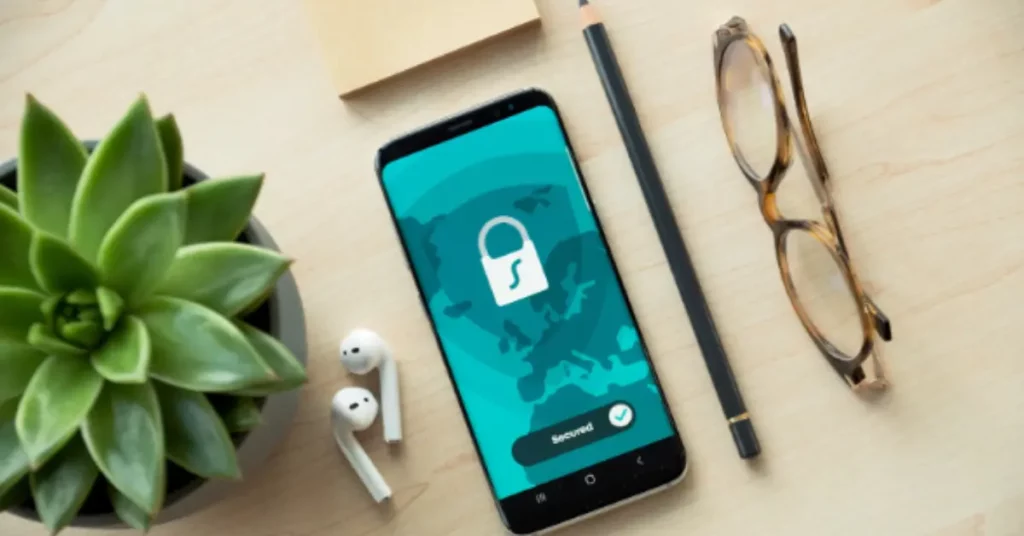There has never been a greater critical need for internet security. As we navigate through 2024, the Internet continues to be an integral part of our lives. However, this increased reliance on the digital world also brings heightened risks.
The Current Online Threat Landscape
As we step into 2024, the landscape of online threats continues to evolve, bringing new challenges to internet users. Cyber threats have become more than just nuisances. They are basically everywhere. You can go to an entertainment site to fight for an ipl bet win or simply open your inbox.
One of the most common threats we face today is phishing attacks. These attacks typically involve fraudulent emails or messages designed to trick individuals into revealing personal information, such as passwords and credit card numbers. Phishing has evolved to become more deceptive, often imitating legitimate communications from trusted sources.
Another prevalent threat is malware, including viruses, trojans, and ransomware. These malicious software programs can infiltrate systems, causing significant damage such as data loss, theft of personal information, and even locking out users from their own systems, often demanding a ransom for access restoration.
Ransomware, in particular, has seen a dramatic rise, targeting not only individuals but also large organizations. These attacks encrypt the victim’s data, making it inaccessible until a ransom is paid. The sophistication of these attacks makes them particularly dangerous, as they can bypass traditional security measures.
In addition to these, we also see a rise in identity theft, social engineering attacks, and various forms of cyber espionage, which aim to exploit personal and corporate vulnerabilities.
Essential Cybersecurity Practices
It is critical to implement basic cybersecurity procedures in light of these ever-changing cyber threats. Some important steps you may take to be safer when using the internet are:

Strong Passwords and Authentication
Creating strong, one-of-a-kind passwords for every online account is one of the easiest yet most effective ways to keep them safe. A robust password typically includes a mix of upper and lower-case letters, numbers, and special characters. It should be long enough (at least 12 characters) to prevent brute-force attacks. Using a password manager can help you keep track of these complex passwords securely.
Equally important is the use of two-factor or multi-factor authentication (2FA/MFA). This adds an extra layer of security by requiring a second form of verification (like a text message code or an authentication app) in addition to your password. Even if a hacker manages to crack your password, 2FA/MFA can stop them from accessing your account.
Regular Software Updates
In order to obtain unauthorized access to systems, cybercriminals frequently take advantage of security holes in out-of-date software. Always use the most recent versions of your operating system, programs, and any other software you may use.
Patches for security vulnerabilities found since the software’s last version are commonly included in these upgrades. To make sure you’re always protected with the newest security patches, allow automatic updates wherever available.
Safe Browsing Habits
Your habits while browsing the internet play a significant role in maintaining your online security.
Avoiding Suspicious Links and Websites
Always be wary of clicking on links from unknown or untrusted sources. These could lead to malicious websites designed to steal your information or infect your device with malware. Be especially cautious with links in emails, social media messages, and text messages.
Understanding and Recognizing Phishing Attempts
Phishing attacks are becoming increasingly sophisticated, often imitating legitimate websites or messages. Always verify the authenticity of requests for personal information, and never input sensitive data on websites you arrived at through a link. Look for signs of legitimacy, such as correct spelling and grammar, and verify the sender’s email address.
Using Secure and Reputable Websites
Ensure the websites you visit have HTTPS in their URL, indicating they encrypt data transmitted between your browser and the website, providing a more secure connection. Avoid conducting sensitive transactions like online banking or shopping on public Wi-Fi networks.
Opting for a Secure and Private Browser
Consider using a browser known for its security features. These browsers often come with built-in protections against tracking, phishing, and malware. Regularly clearing your browsing history, cookies, and cache can also help protect your privacy and personal information.

Protecting Personal Information
Protecting your information online is essential at a time when personal information is worth as much as cash. To enhance the security of your personal data, consider the following:
Be Cautious with Information Shared Online
Always think twice before sharing personal information on the internet. This includes details like your full name, address, phone number, and financial information. Be particularly careful on social media platforms, where oversharing can lead to identity theft or social engineering attacks.
Understand Privacy Settings
Take the time to understand and configure the privacy settings on your social media accounts and other online platforms. These settings allow you to control who can see your information and posts, helping to limit exposure to potential cybercriminals.
Safeguard Personal Data
Avoid sharing sensitive information like Social Security numbers or credit card details, especially on unsecured or public Wi-Fi networks. For online transactions, ensure the website is secure (look for HTTPS) and consider using payment methods that offer additional security, such as credit cards or secure payment services.
The Takeaway
The key to safeguarding your digital life is a combination of awareness, the right tools, and a consistent approach to security. Hopefully, these steps will help you enjoy the vast resources and conveniences the Internet offers while minimizing the risks.
